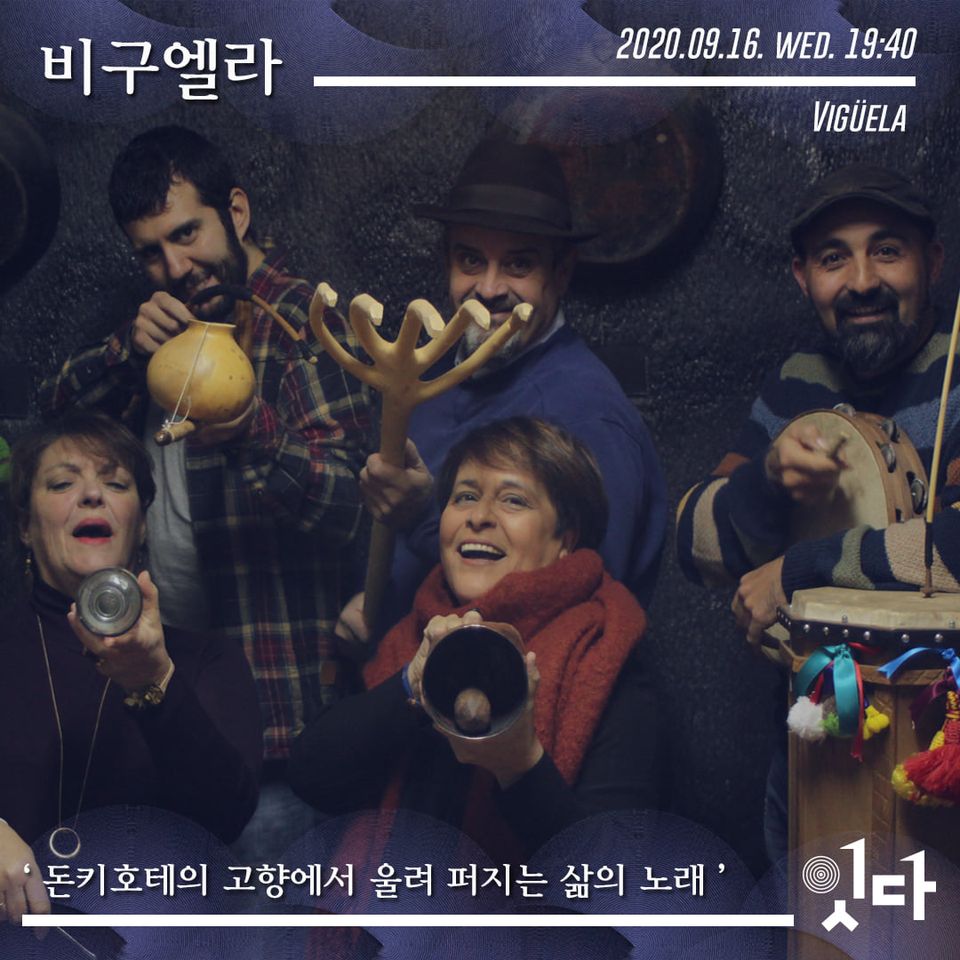In the post with the song Dunaj by Janusz Prusinowski (you can read it again here) I told you that it was my first season’s greeting. Because here you are the second one! 
 Yesterday I was in El Carpio de Tajo, the village where most of the vigüelis are settled and where the band was born, to make some videos for a documentary film and, after the serious work, we had time to sing together a little. And now I share this moment with you, from the intimate environment of their rehearsal room. If you need anything else about Vigüela, just let me know.
Yesterday I was in El Carpio de Tajo, the village where most of the vigüelis are settled and where the band was born, to make some videos for a documentary film and, after the serious work, we had time to sing together a little. And now I share this moment with you, from the intimate environment of their rehearsal room. If you need anything else about Vigüela, just let me know.
At the end of the song you see a change of concept, let’s say: it starts talking directly to the woman who is listening, who is told that she does not look stingy. This is because this song, and many others, are sung from house to house, requesting the inhabitants to come out and give something to eat or a coin to those who are singing. This custom of requesting from house to house in exchange for the song is called to “request the aguinaldo“, or “aguilando“, depending on the region.
¡Feliz Navidad!
Araceli Tzigane | Mapamundi Música


 Son is performed mainly with percussion and voices. A light accompaniment with string on drone, with the rabel (rebec), can be included. In the picture above you see some instruments used for the son: frying pan, saucepan, mortar, cañera, zambomba, frame drum, bladder rebec.
Son is performed mainly with percussion and voices. A light accompaniment with string on drone, with the rabel (rebec), can be included. In the picture above you see some instruments used for the son: frying pan, saucepan, mortar, cañera, zambomba, frame drum, bladder rebec. Since I read these words by Chris Moss in Songlines, it has been in my mind the idea of how needed it is to disseminate the traditional music from the center of Spain. A music that is
Since I read these words by Chris Moss in Songlines, it has been in my mind the idea of how needed it is to disseminate the traditional music from the center of Spain. A music that is